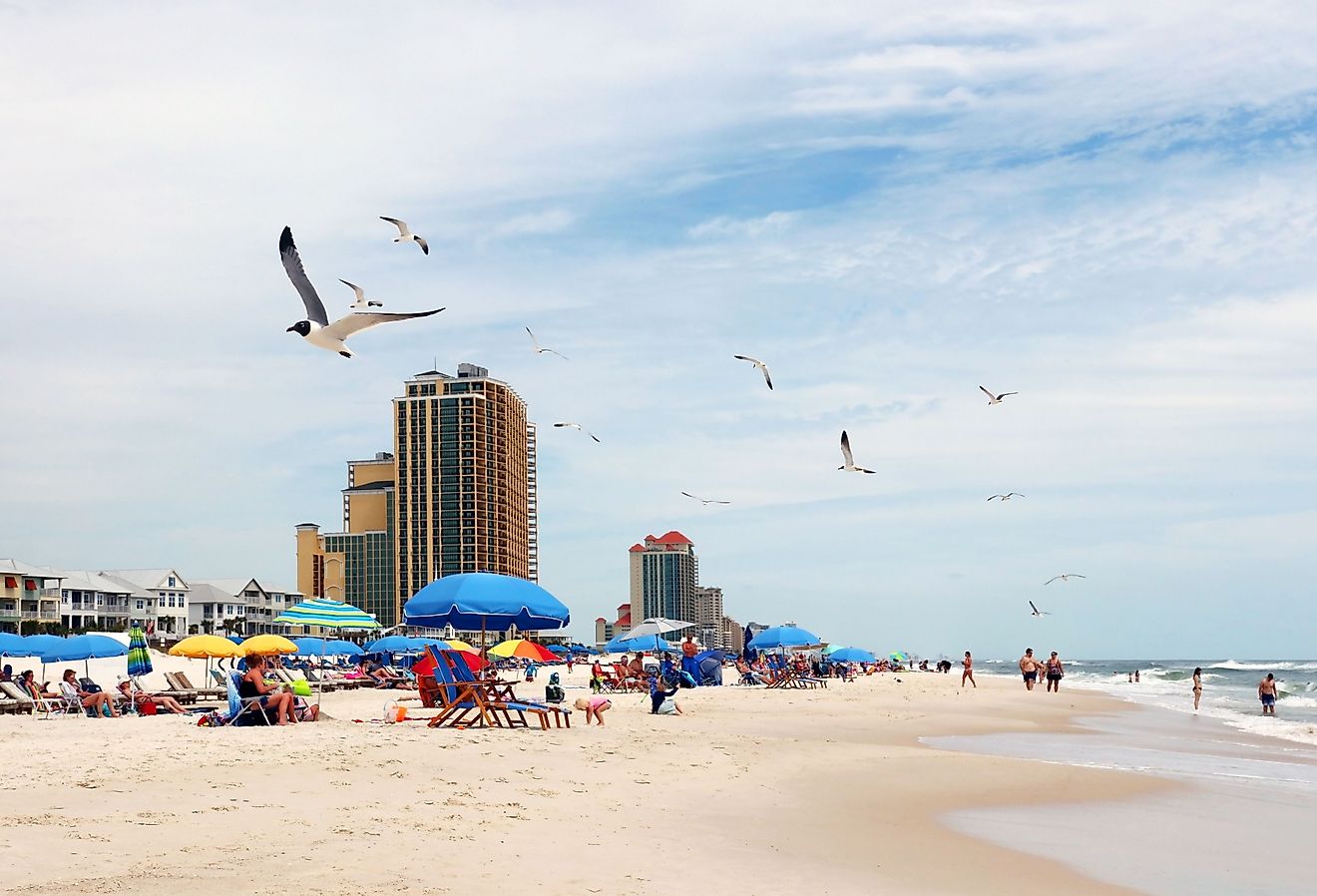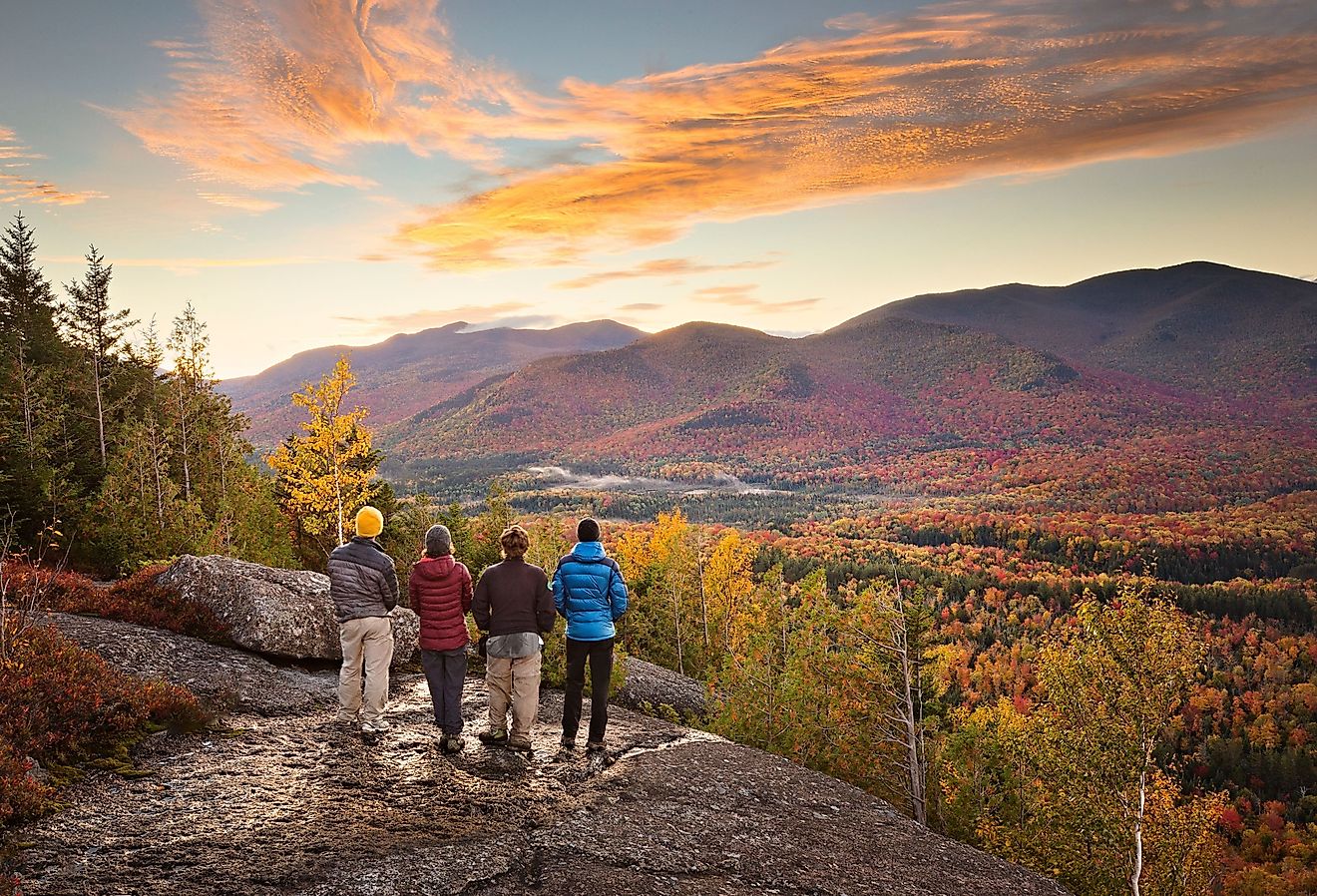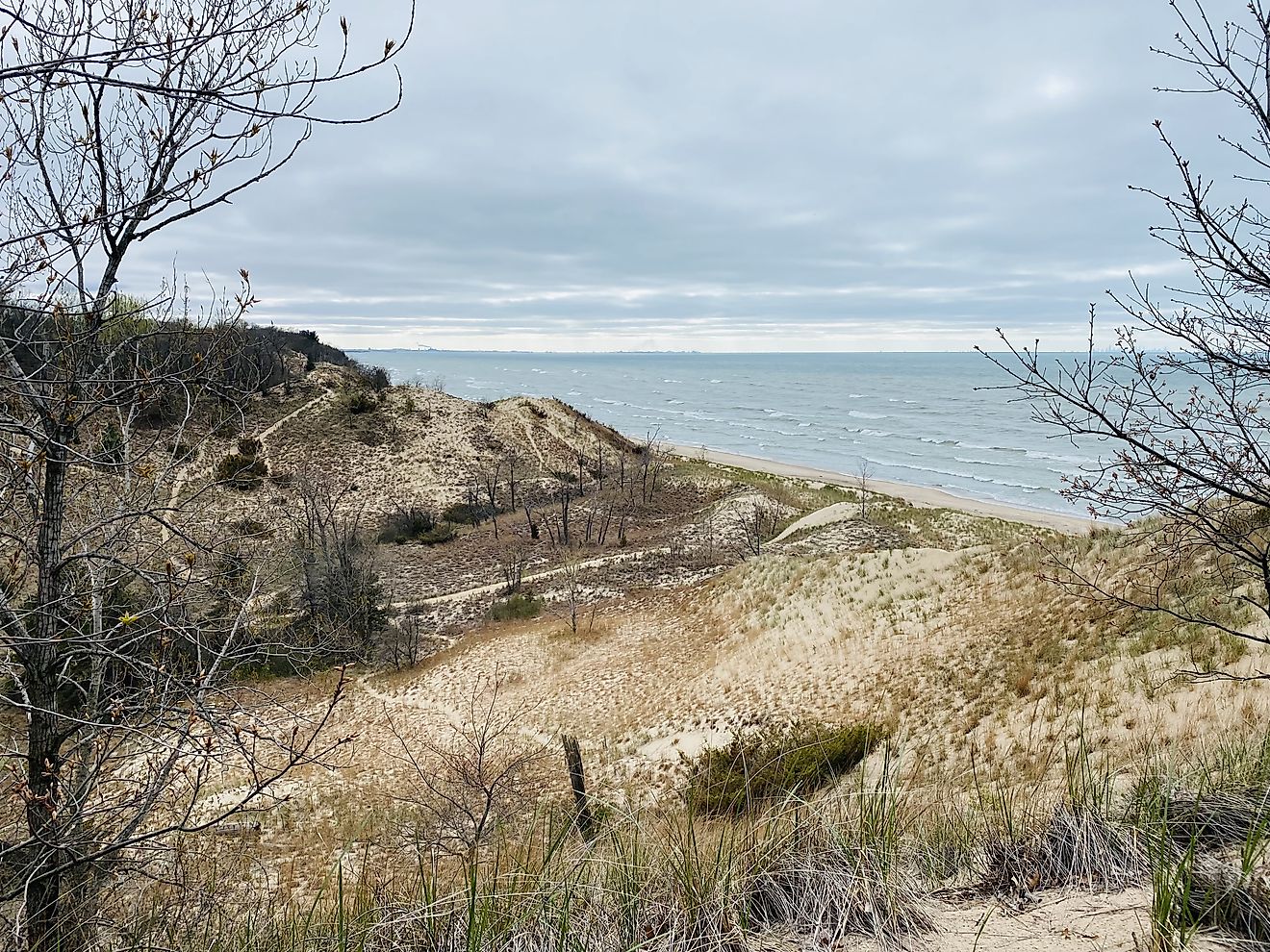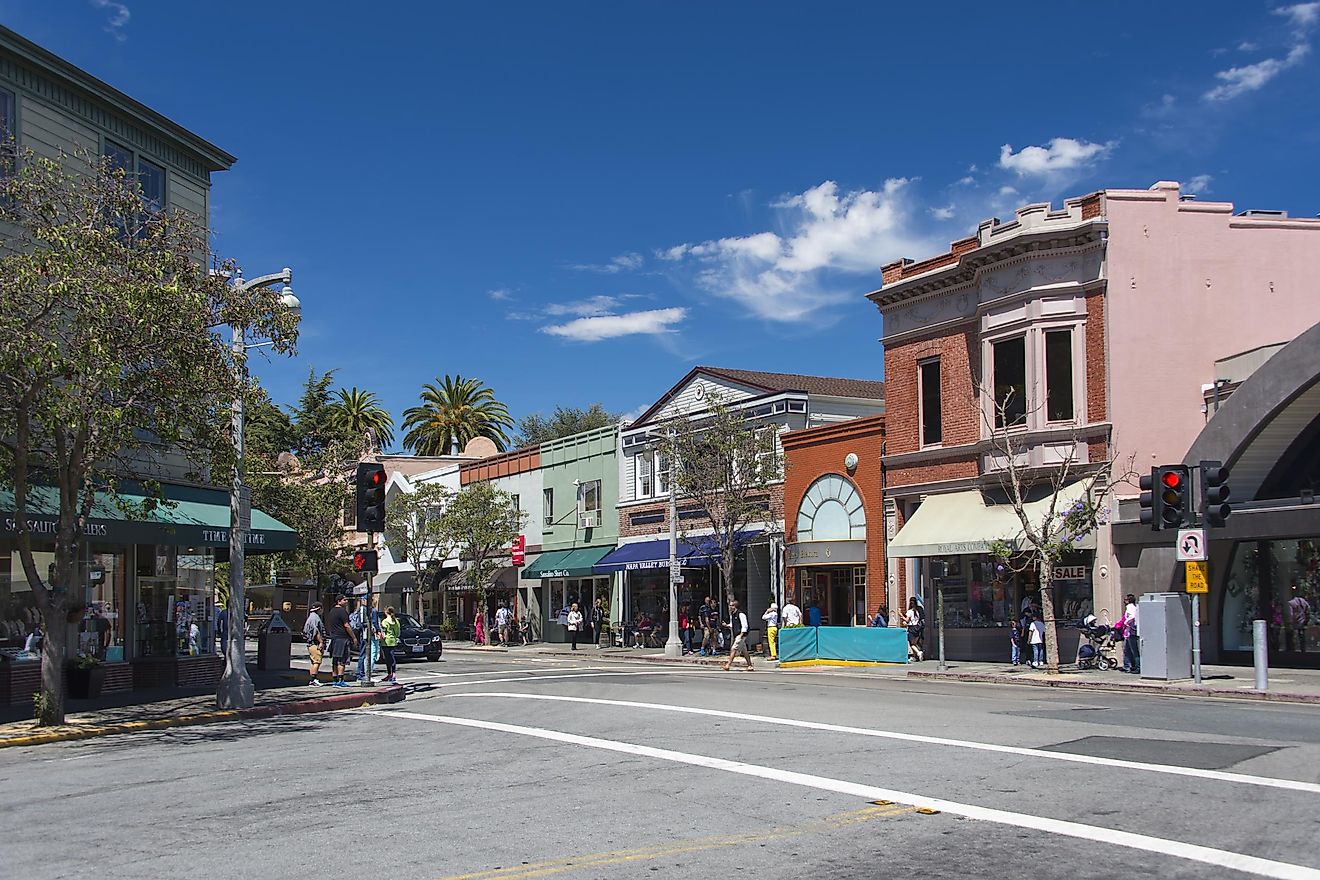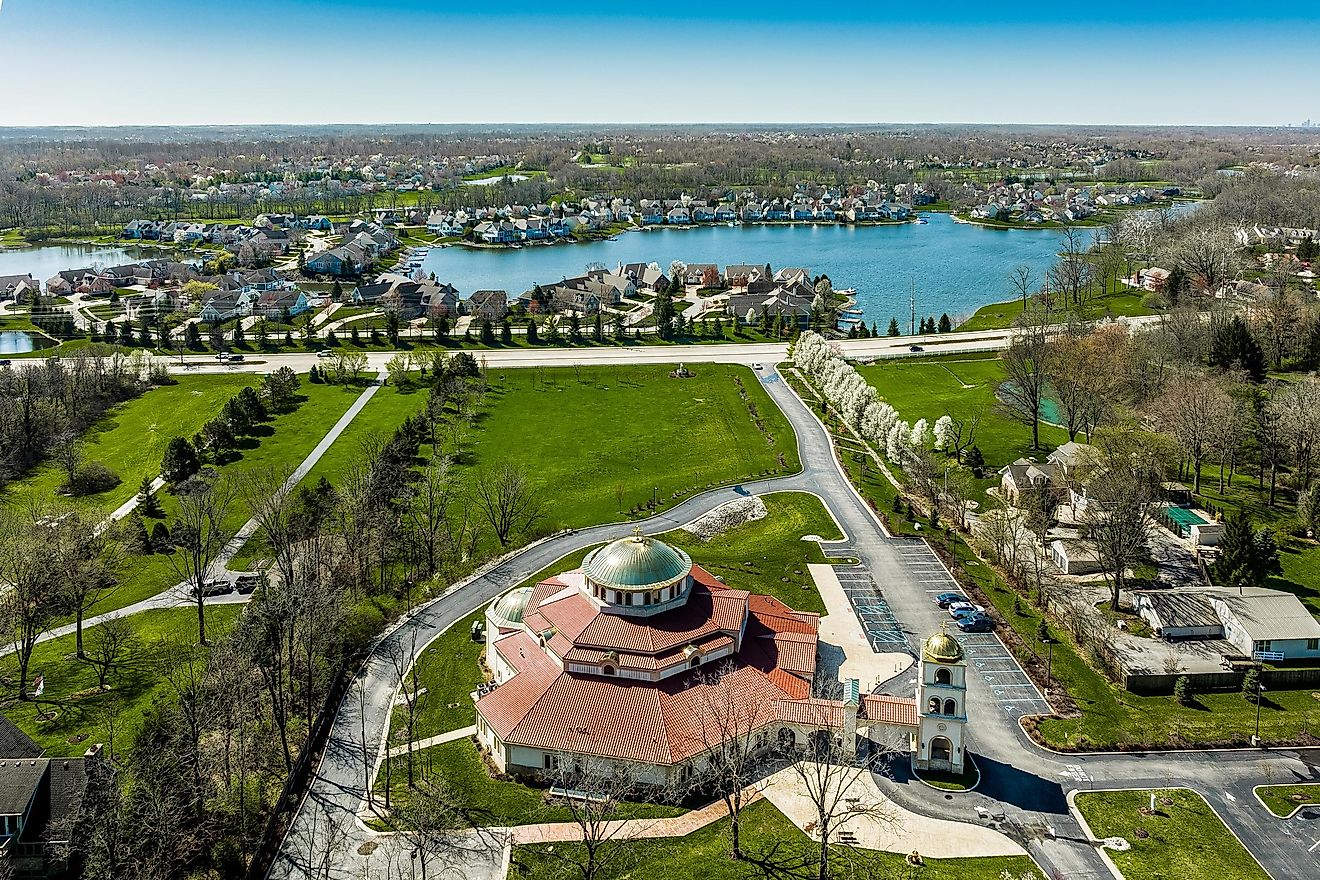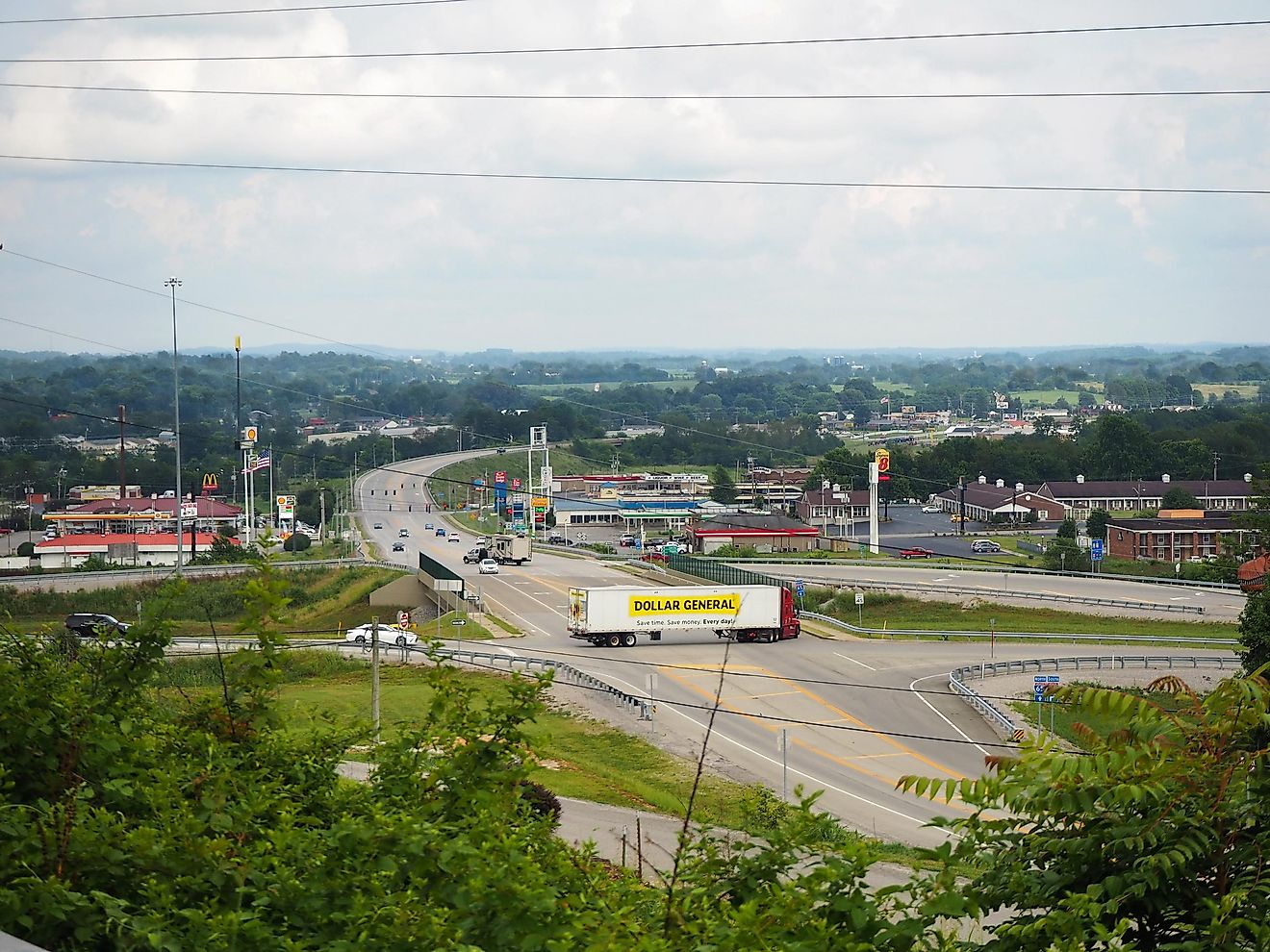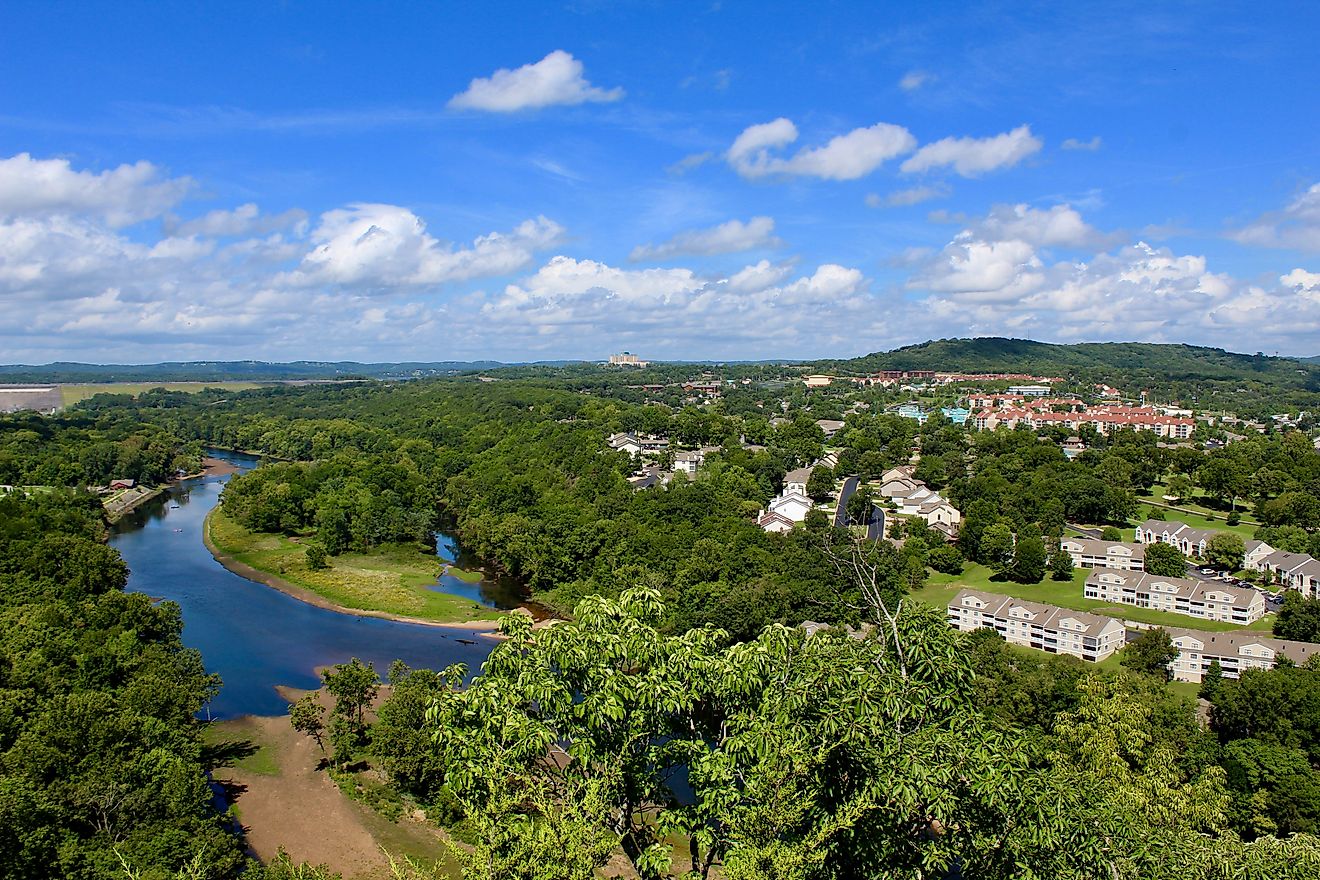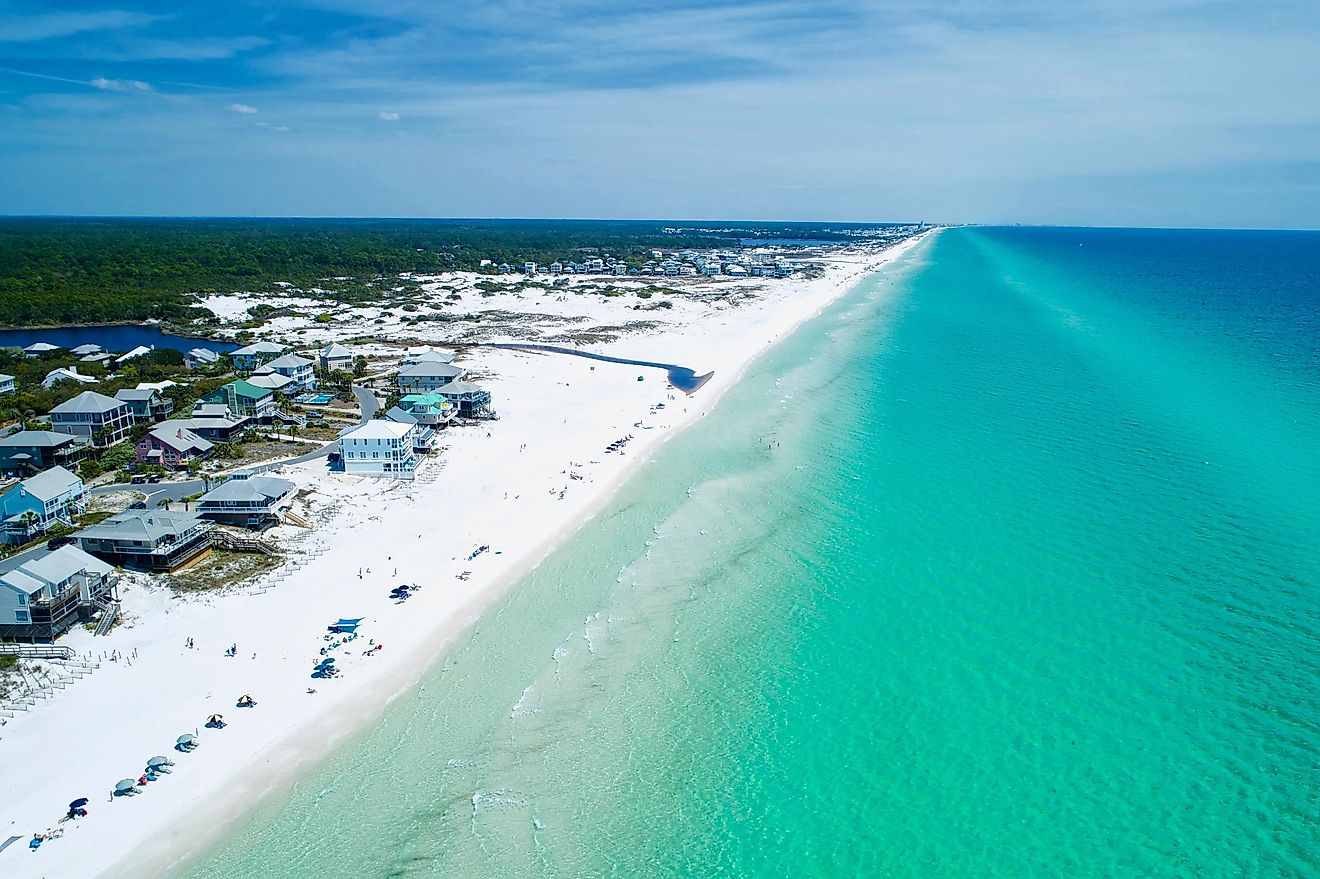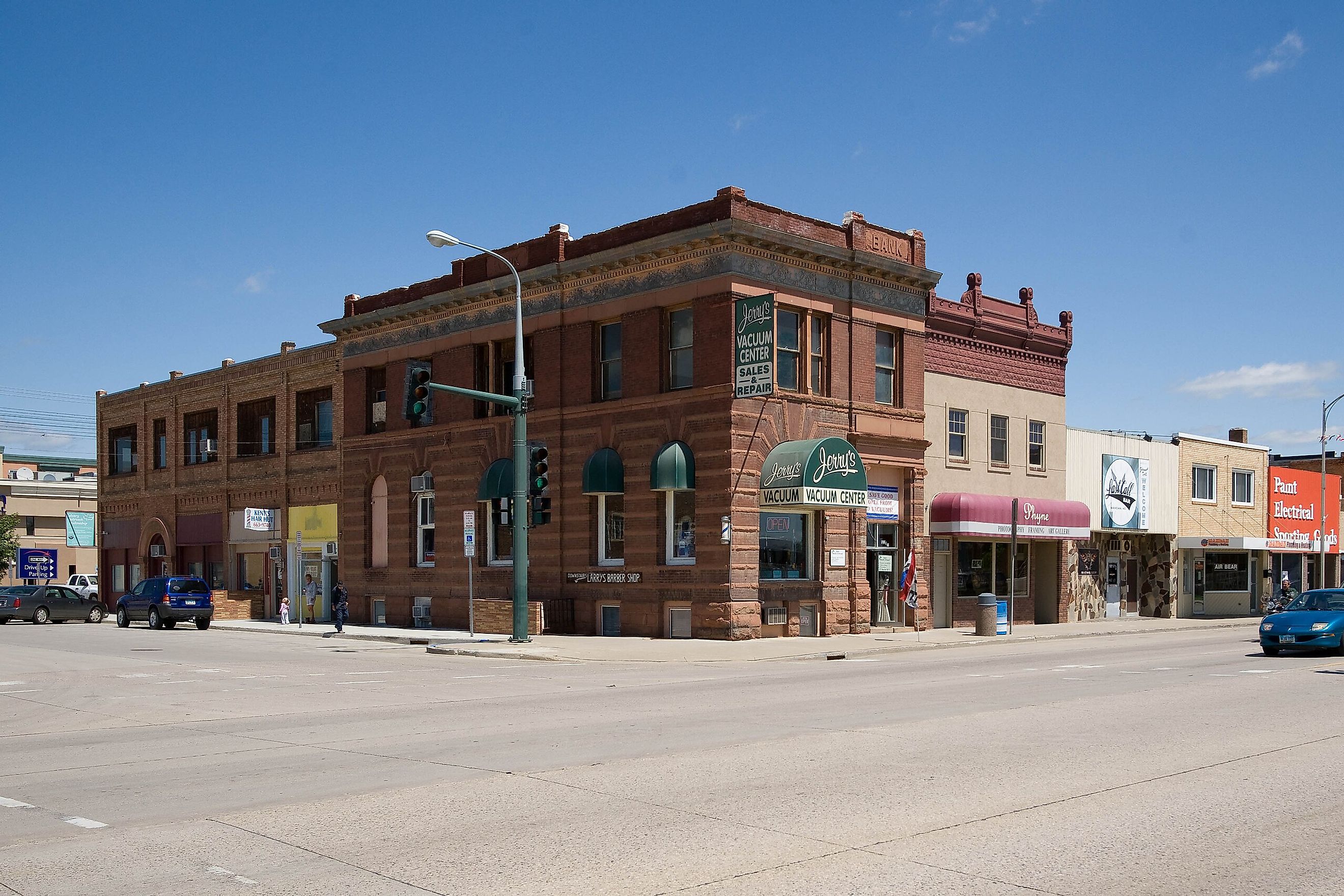
These Small Towns in North Dakota Have the Best Historic Districts
North Dakota sits at the crossroads of the continent and, as such, has played an important part in the history of the United States, especially during the settlement of the West. Featuring historic buildings and locations related to westward expansion, mining, and conflicts with Indigenous American tribes, the state boasts an impressive number of sites on the National Register of Historic Places. Many small towns are home to historic districts that are fascinating, relevant, and eclectic. Take a brief tour of small towns in the Peace Garden State and dive into their histories.
Medora
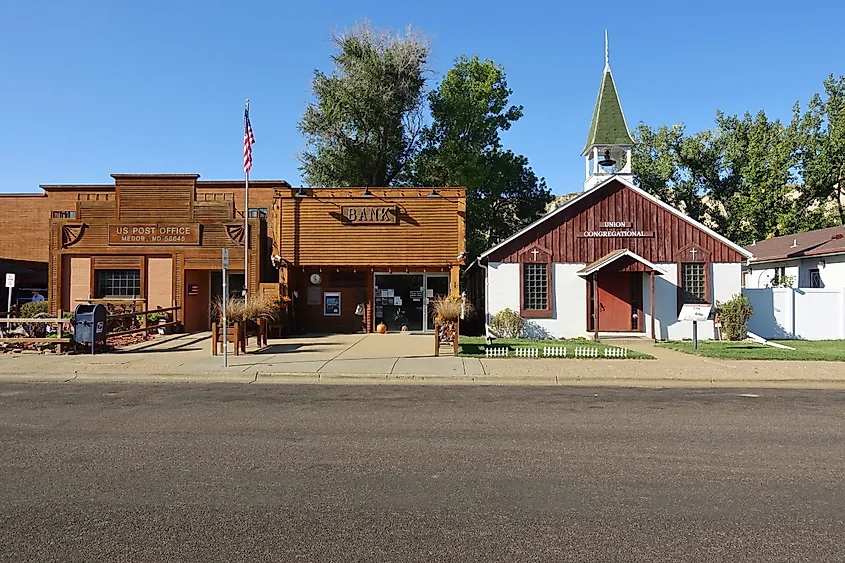
The Custer Military Trail Historic Archeological District contains five historic sites within its 18,000 acres that relate to the Plains Indian War, waged between 1864 and 1876. Located near the scenic town of Medora, the district features campsites of Custer’s 7th Cavalry on its way to the Little Bighorn. Visitors can also take in the Battle of the Badlands historic battlefield and see rocks with initials carved by some of Custer’s men.
While in the area, another historic site can be experienced roughly 35 miles north of Medora. Elkhorn Ranch was established by future President Theodore Roosevelt in 1884. Sitting on the banks of the Little Missouri River, the ranch was considered one of the success stories of post-Little Bighorn ranching in the north-central part of the country. Roosevelt hired two backwoodsmen from Maine to run the ranch, which they did quite well for several years, until the Starvation Winter of 1886-7 decimated the cattle stock. In addition to losing his interest in running a ranch, Roosevelt lost 60% of his herd and only returned to North Dakota a few times afterward.
Noonan
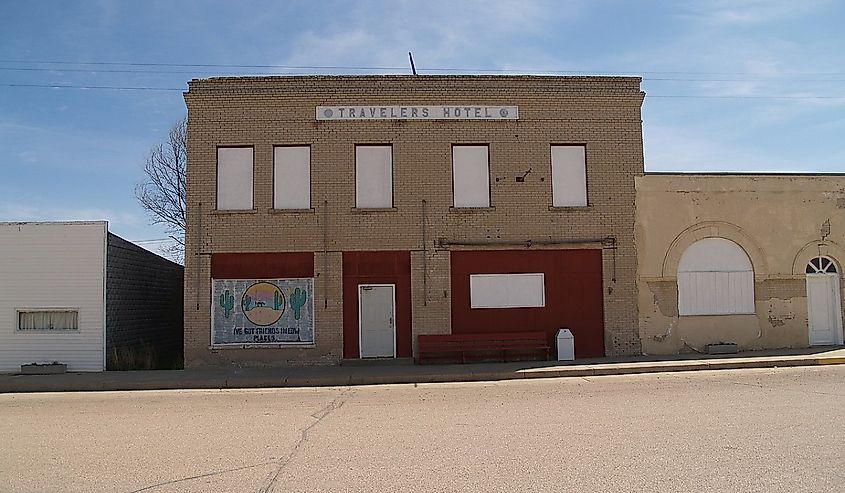
In the extreme northwest corner of the state, Noonan, in Divide County, boasts several historic sites worth a visit. Near the town of Noonan, one can see the Niels Nielsen Fourteen-Side Barn, a nearly round structure built in 1914 using a pre-fab kit purchased from the Chicago House Wrecking Company. On Main Street in Noonan, the Travelers Hotel has welcomed guests since 1910, including such distinguished visitors as railroad executive James Hill and sharpshooter Annie Oakley. The hotel has been on the National Register of Historic Places since 2010.
Sitting a short drive from Noonan, the Ambrose-Torquay Border Crossing connects Ambrose, North Dakota to Torquay, Saskatchewan, and is one of the relatively few international border crossings between Washington State and the Great Lakes, although Ambrose itself is now just a ghost town.
West Fargo
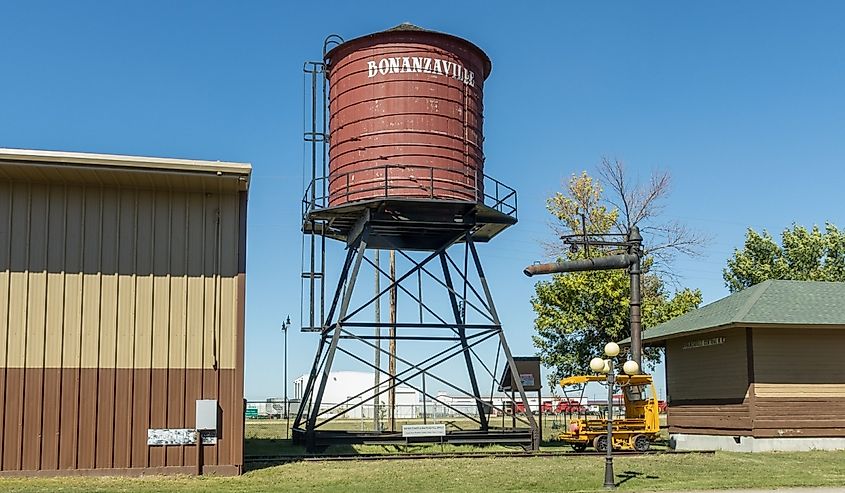
Bonanzaville must be your first stop in the West Fargo area. The best way to describe this one-stop shop is, if it happened in North Dakota in the past, it is represented here. From exploring life in the region 100 years ago, to the experience of the first settlers of the Red River valley, fans of history and culture will find plenty to keep busy. During Pioneer Days, the community is invited to bring their old tractors and farm machinery to show off.
The Red River Zoo is unlike most zoos you may visit. Their animals are very hands-on. Visitors can interact with many of them and even feed them, so it resembles a petting zoo in that respect. Also, in harmony with the area, the zoo focuses on cold-weather species, so you are sure to see animals not seen in zoos further south, and they are more likely to be active in winter months when other animals are more interested in huddling and hibernating.
Sports fans will want to experience the Roger Maris Museum. A shy and humble man, Maris declined the original offer to build a museum about him, but he later relented and agreed that it should be in his hometown. Although the museum does not keep statistics (strange for a sport obsessed with numbers), it is estimated that yearly visitors number in the millions.
Devil's Lake
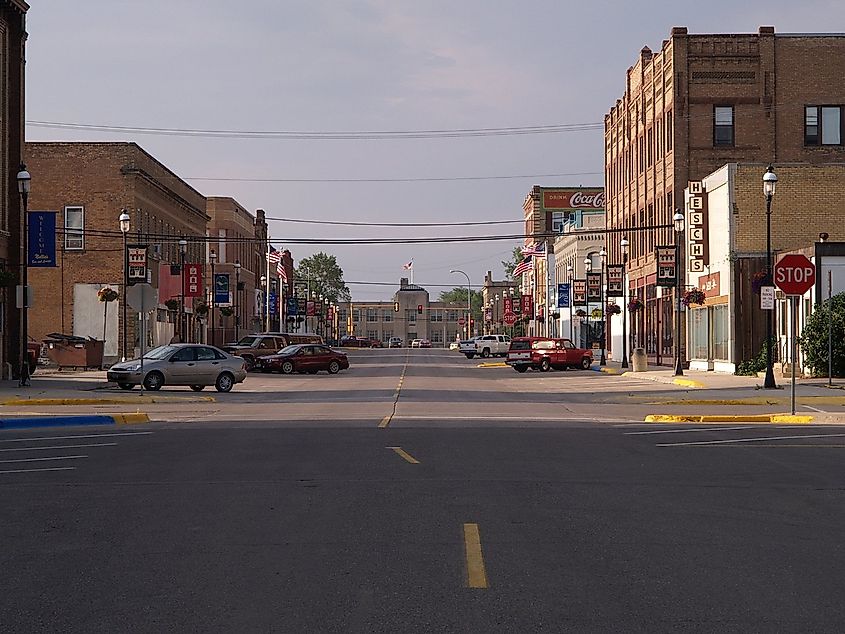
For lovers of all things outdoors, Devil's Lake outshines the rest. The town serves as the gateway to the massive brackish lake that hosts boating, fishing, camping, hiking, skiing, and tubing. If it can be done on or near water, this gem in the center of the state has it covered. If camping is too rustic for your tastes, the Devil's Lake area is peppered with finer resorts and lodges. If your idea of nightlife has less to do with sitting around a campfire and more with sitting around a green felt table, there are even casinos in the area.
Golfers will not want to miss out on the Coyotee Flats Golf Center, while Civil War enthusiasts must visit the Grand Army of the Republic Cemetery. The half-dozen waterfowl protection areas that surround the lake draw birdwatchers from around the world.
Mandan
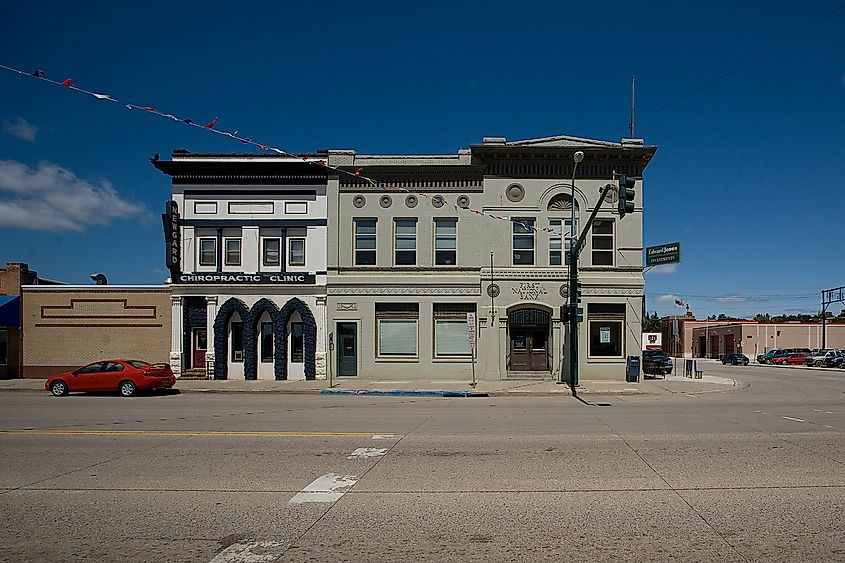
Mandan, on the banks of the Missouri River, serves as your base to explore the center of the state, as well as the capital city. Cross the river into Bismarck to visit the Bismarck Cathedral Historic District, home to the Cathedral of the Holy Spirit. Built during the Second World War in the Art Deco style, it remains the seat of the Diocese of Bismarck. The Old Governor’s Mansion still stands in the middle of town, as does the Northern Pacific Railway Depot, which resembles an old Spanish mission of the Southwest. The Towne-Williams House is worth a look, as is the Camp Hancock Site.
A site of great interest to Indigenous American historians is Chief Looking’s Village, located in Pioneer Park. Since the site of the former Mandan settlement has been relatively untouched by archaeologists and vandals, it is of great value to researchers, as is the nearby Menoken Indian Village Site located about 20 miles away.
Cooperstown
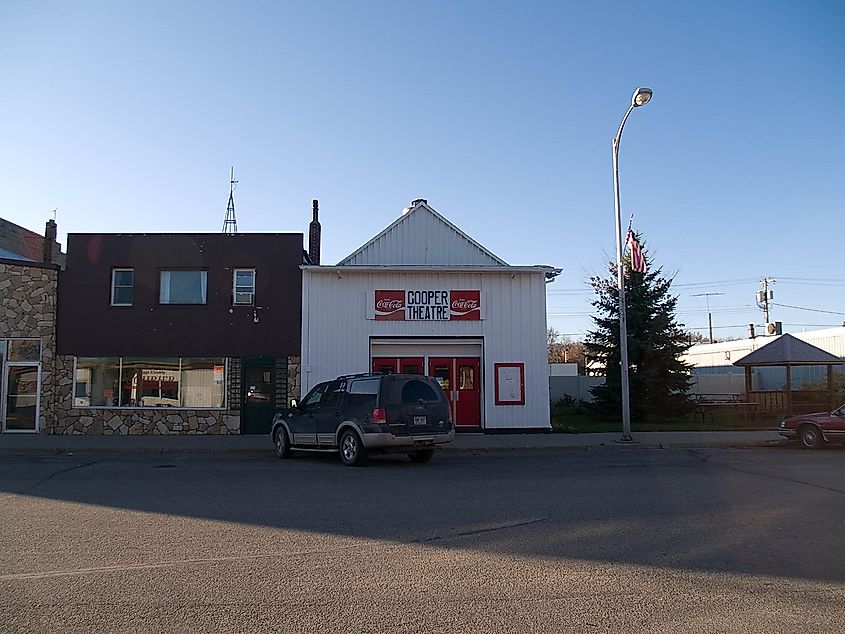
Located in Griggs County, Cooperstown is one of the few places where you can tour a Cold War-era nuclear missile silo. The Oscar-Zero Missile Alert Facility is part of the Ronald Reagan Minuteman Missile State Historic Site and is open to visitors who remember the Cold War and those who would like to know more about it. The Topside Facilities Area includes the original recreational areas for the service men and women, including a lounge, pool tables and ping-pong tables, the old security center, and a visitor center. 50 feet below, visitors can tour the launch control center, which housed the missiles themselves, and the control rooms from where launch commands were issued. It is a somber and sobering reminder of a perilous world.
Hazen
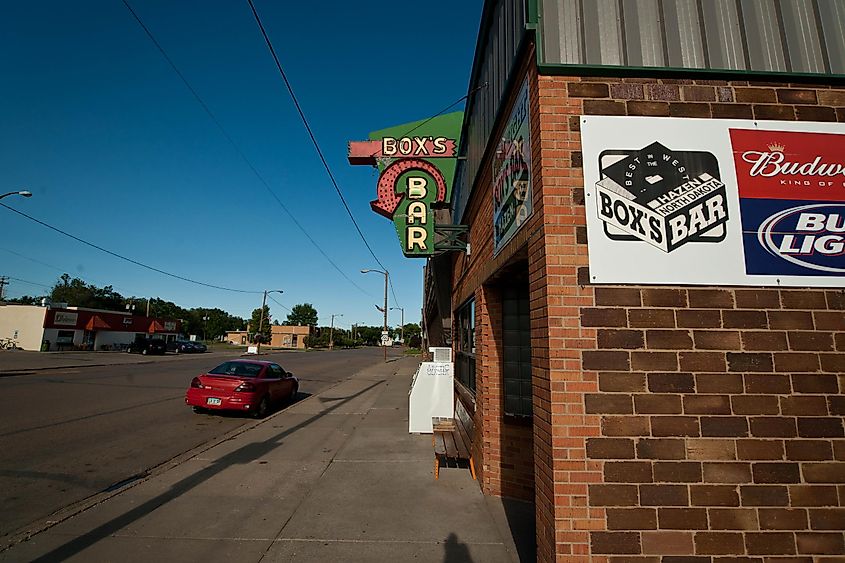
Many culturally and historically important Indigenous American sites are located near Hazen in Mercer County, near the center of the state. Knife River Indian Villages National Historic Site in nearby Stanton, contains the remains of three Hidatsa Indian villages that date back to around the year 1600. Visitors can see remains of earthen dwellings some of which were 40 feet across and 14 feet high. This site was immortalized in the travels of Lewis and Clark, as Sacagawea brokered peace between the explorers and Indigenous peoples.
Other nearby sites of Native American historical significance include the Turtle Effigy State Historic Site and the Fort Clark Trading Post Site, which at various times was home to the Mandan and Arikara peoples and later was the location of an American fur trading post.
North Dakota enjoys a rich history and rewards the visitor around every turn. With roots running deep through the history of American architecture, westward expansion, Native American history and culture, and even the recent history of the Cold War, North Dakota deserves more than passing glance. Towns with historic districts are found from one end of North Dakota to the other, so pack your bags and prepare to spend time among the lesser known parts of the state.
